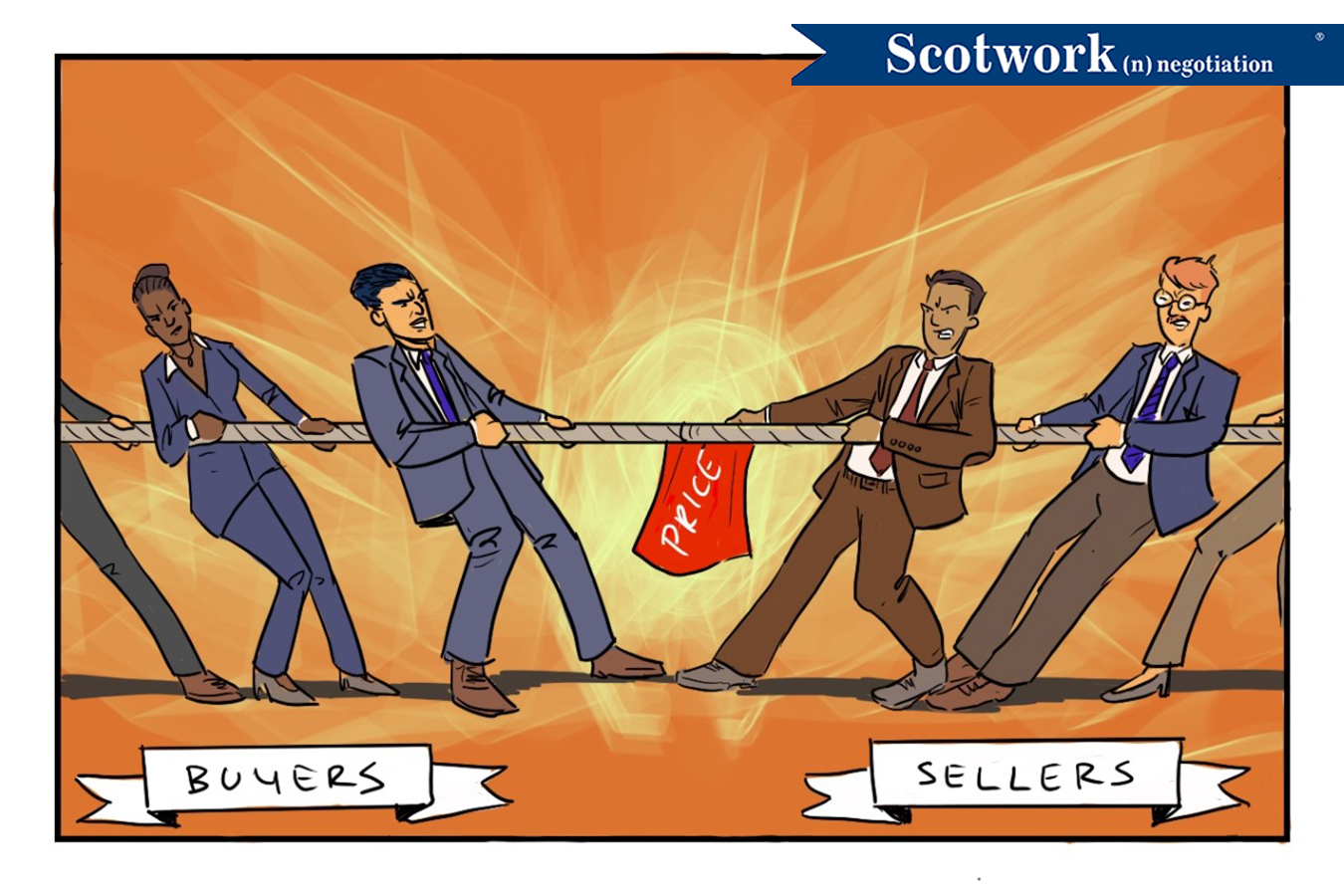There’s no denying what’s happening in the marketplace: much of China is still in lockdown, which is disrupting supply chains everywhere; sanctions against Russia are limiting oil supply in the world market; the Fed is raising rates; and the stock market is shedding value daily as both the Dow Jones and NASDAQ near 52-week lows. All of which is contributing to an inflation rate of 8.5%. It begs the question: Is it time to raise prices?
For some businesses, there may be no other choice. In particular, businesses that rely heavily on human capital have been forced into a position of paying higher wages to retain talent. When labor is the majority of your cost model, trimming overhead is your biggest lever to pull in order to maintain margins. However, most unessential-personnel trimming happened during the pandemic, and there may be no more to cut, so the only option, at this point, is to raise prices in order to maintain operational sustainability.
Other businesses dealing with supply chain shortages may have to raise prices because volume selling won’t help their bottom line, since there’s limited volume to be had. Instead, they have to make the most out of every sale — and that might mean raising prices to temper demand and maximize every sale opportunity.
Then there are businesses whose products and services aren’t as hampered by labor shortages or supply chain outages. For example, the travel industry. While airlines and hotels were especially hard-hit during the pandemic, they’re starting to come back in areas where COVID’s impacts are subsiding. In these markets, their businesses are in high demand, and some are using this moment as an opportunity to make up for lost revenue over the past few years.
These aren’t the only reasons for raising prices, but all of us will be dealing with price increases — either by giving them or receiving them. Here are some thoughts on how to deal with either situation.
Giving a Price Increase
Every business’ timing and reasoning for its price increase will vary, but here are some tips for putting you and your team in the best position possible when rolling one out:
- Don’t overexplain. When delivering bad news like a price increase, we tend to overexplain the situation, hoping that the lengthy explanation will ease the pain. Unfortunately, the longer the explanation, the higher the likelihood of you adding in weaker arguments that could dilute the stronger arguments. Develop the best argument and ensure that your team sticks to it.
- Be ready to answer tough questions. Having answers ready for tough questions like “why?” or “can you make an exception for me?” will help your team immensely, giving them confidence and creating alignment. Without those answers, you run the risk of your team making difficult situations even more difficult.
- Consider grace periods and other timing elements. Time is a powerful tool. If circumstances allow, you can use it to make the transition to higher prices easier to deal with. Consider giving grace periods or one-time exceptions in return for long-term acceptance of the new rates.
Receiving a Price Increase
If you’re on the other end of a price increase, here are some tips to help you mitigate it as much as possible:
- Be a detective, not defensive. Playing the “how could you do this to me?” card will get you only so far. Instead of getting defensive, be curious. Ask questions that will help you understand the reason, the timing, the circumstances under which it would not apply, etc. You’re looking for the weaker arguments and justifications that can help you refute their strongest arguments.
- Do your homework. If someone is citing a 25% increase due to inflation, is that reasonable considering where inflation rates are? If you haven’t done your homework, then all you can do is rely on the information presented by the other side. Knowing your marketplace and market conditions will put you in a stronger position to refute outlandish claims.
- What do you want in return? Any change to an existing agreement opens the door to change anything you don’t like about that agreement — and a price increase is no exception. You can use that increase to help you get other things that you want, which may offset some or all of the price increase. So, before you blindly or begrudgingly accept an increase, use it to trade for something of value to you.
Whether you’re contemplating a price increase or anticipating receiving one, be prepared. But also, keep in mind that many of the drivers of today’s price increases are temporary, and the pendulum will swing the other way at some point. When it does, you still want to be in a strong position.
We Can Help You Negotiate Both Sides of a Price Increase.
Is your team in a good position to roll out a price increase? If you’re on the receiving end of a price increase, are they prepared to mitigate it as much as possible? We can help! Drawing on nearly 50 years of real-world negotiating experience, we’ll assist you with getting better deals, saving time, and creating value for all involved — not to mention preserving and even strengthening relationships. Let us partner you with one of our advisers, ensuring that you’ve got the broadest view of your deal.

